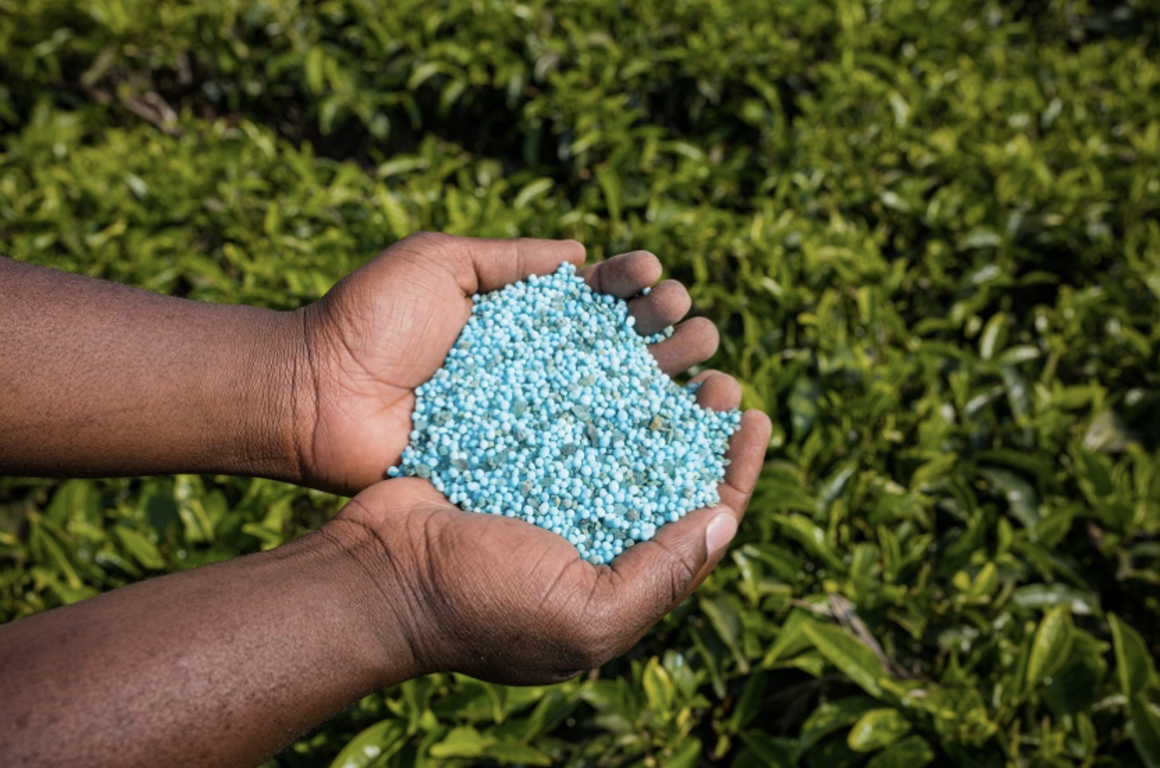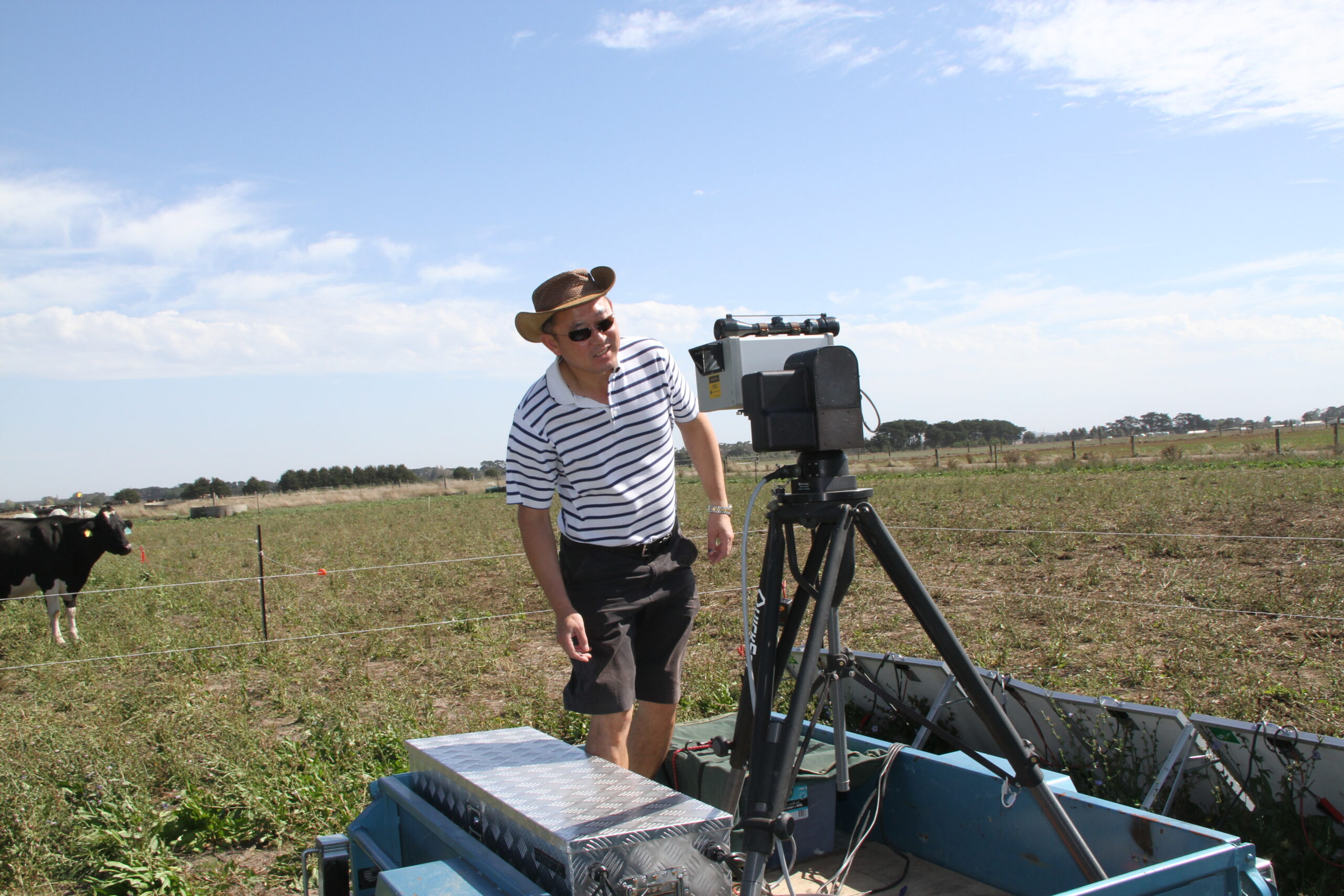From Materials to Microbes: A New Approach to Engineering Fertiliser Coatings
Written by Dr Zahra Islam, edited by Dante Romeo and Dr Boris Sarcevic
Population is at the forefront of many modern-day challenges: housing shortages, water pollution, pandemic risk. The same applies to agriculture. To feed the growing hungry, nitrogen fertilisers are needed to increase crop yields. Used improperly though, fertilisers can decrease soil nutrients, degrade water sources, and emit greenhouse gases.
To improve nitrogen use efficiency, three main methods are used; inhibitors that stop the chemical reactions leading to nitrogen losses, the 4R Nutrient Stewardship method to aid on-farm decision making, and physical barriers such as enhanced efficiency fertilisers (EEFs) which employ coatings to time nutrient release to the times of greatest plant need.
However, none of these methods are without fault. Inhibitors, along with other agrochemicals, can disrupt native soil and crop microbiomes while Nutrient Stewardship requires careful planning and extensive knowledge. EEFs vary widely in efficacy according to environmental factors such as pH, are frequently manufactured with non-biodegradable polymers which generate microplastics, and have received poor adoption due to their high comparative cost to market alternatives.
Consequently, the development of new EEFs must take a multidisciplinary approach, with design achieving a chemical, physical and biological nexus to optimise their release profiles, degradation ability, and ecotoxicity potential while also remaining economically competitive.
In this opinion piece, we discuss the current challenges and opportunities in the fertiliser landscape, and outline multidisciplinary approaches for engineering novel biodegradable coatings using complementary microbiological, chemical and materials engineering strategies.
To read more, visit here.
To keep up to date with new developments in the Hub, sign up for our newsletter.
Image credit: Biorender.




